
Culture
08:54, 02-Sep-2018
Africa Revealed: What are the big five?
Updated
08:46, 05-Sep-2018
CGTN
02:00
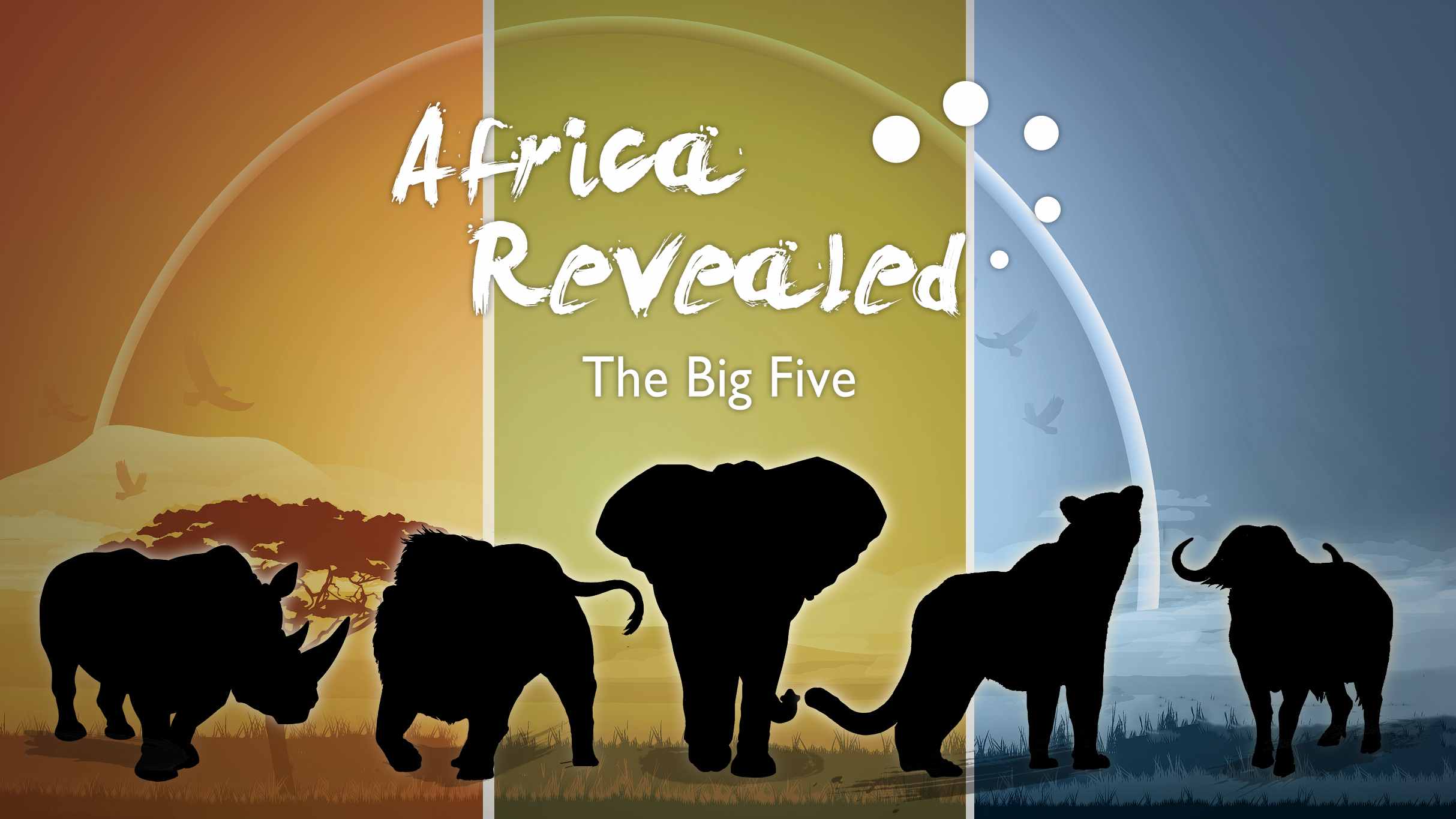
Idling around weekend markets in many African cities, you will find that some of the animals are always presented as a group, on T-shirts, mugs, fridge magnets or simply made as wood sculptures. The street vendors call them “The Big Five.”
So, what are the “Big Five”?
The Big Five represent five animals – the African elephant, the African lion, the African leopard, the Cape buffalo, and the rhino. The term was derived originally from early game hunters who believed that they are the most dangerous animals to track and hunt on foot.
Nowadays, hunting is no longer the main theme for safari tours and the Big Five has become an iconic term for African wildlife protection. Tour operators have borrowed the term for marketing and the “hunt” for the Big Five will be with binoculars and cameras, instead of rifles and ammunitions.
Let’s explore the five dangerous animals:
The African lion
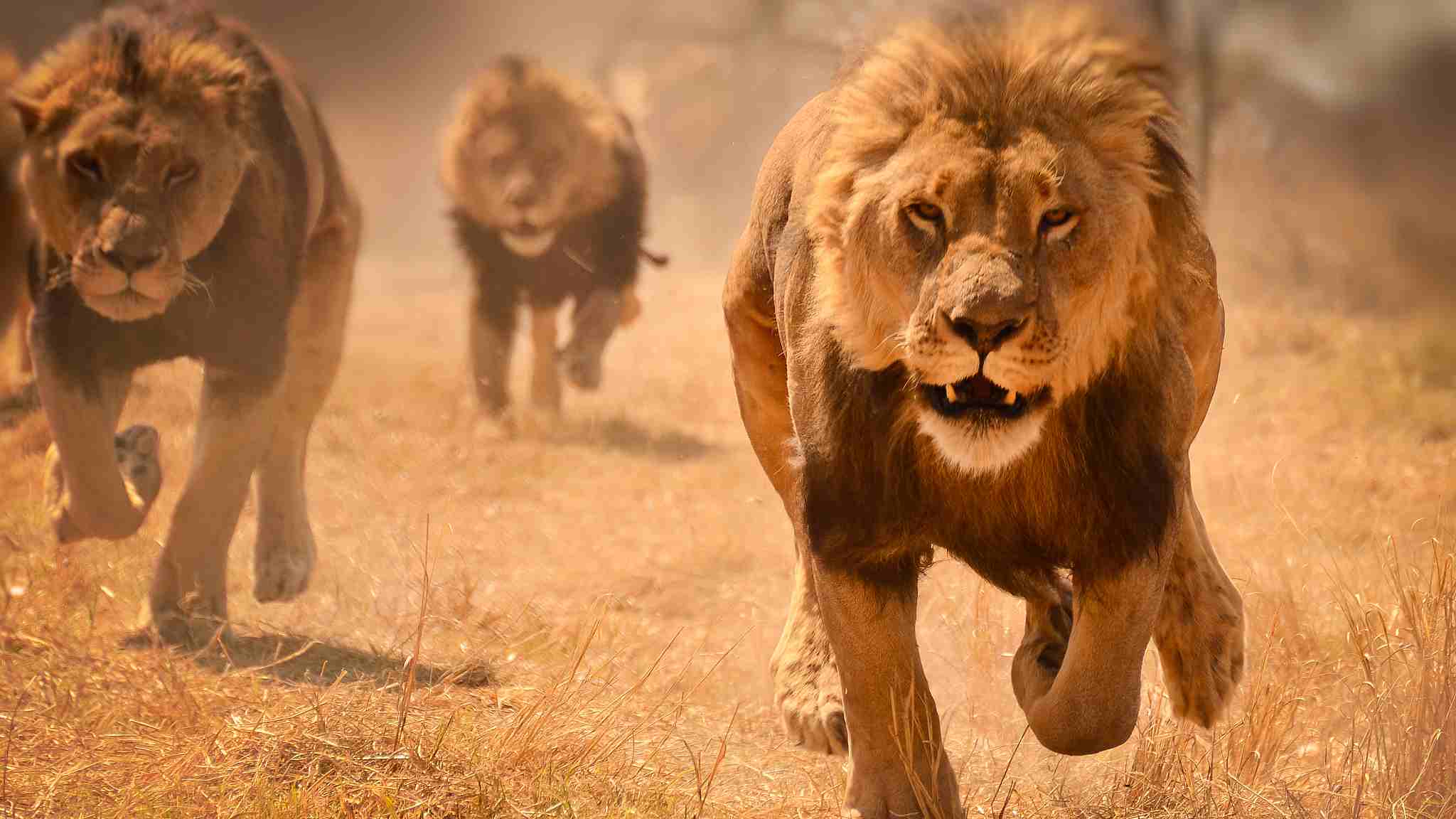
The African lion./VCG Photo
The African lion./VCG Photo
The African lion is the largest carnivorous cat on the continent. Its roar can be heard from eight kilometers away and it sometimes sleeps for 20 hours a day.
It is a sociable animal, and lives in groups – but the number of African lions has dropped dramatically over the past three generations and its status is "vulnerable."
The rhinoceros
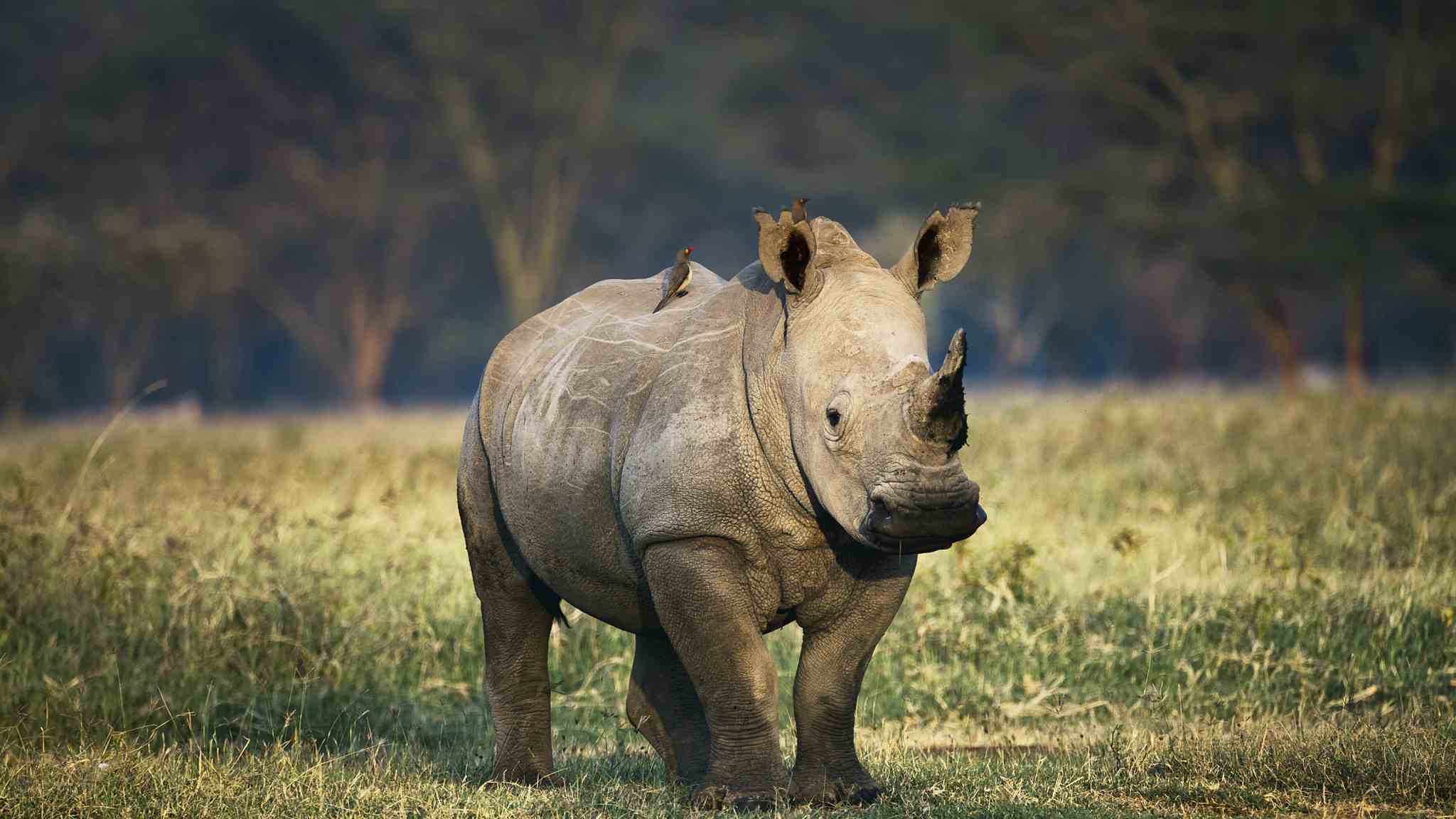
The rhinoceros./VCG Photo
The rhinoceros./VCG Photo
The rhino may look scary, but it loves to sleep and can be quite timid – though it does have a quick temper if threatened.
There are two species of African rhino – black rhino and white rhino – and although numbers are increasing, very few of either species remain as a result of poachers.
The Cape buffalo
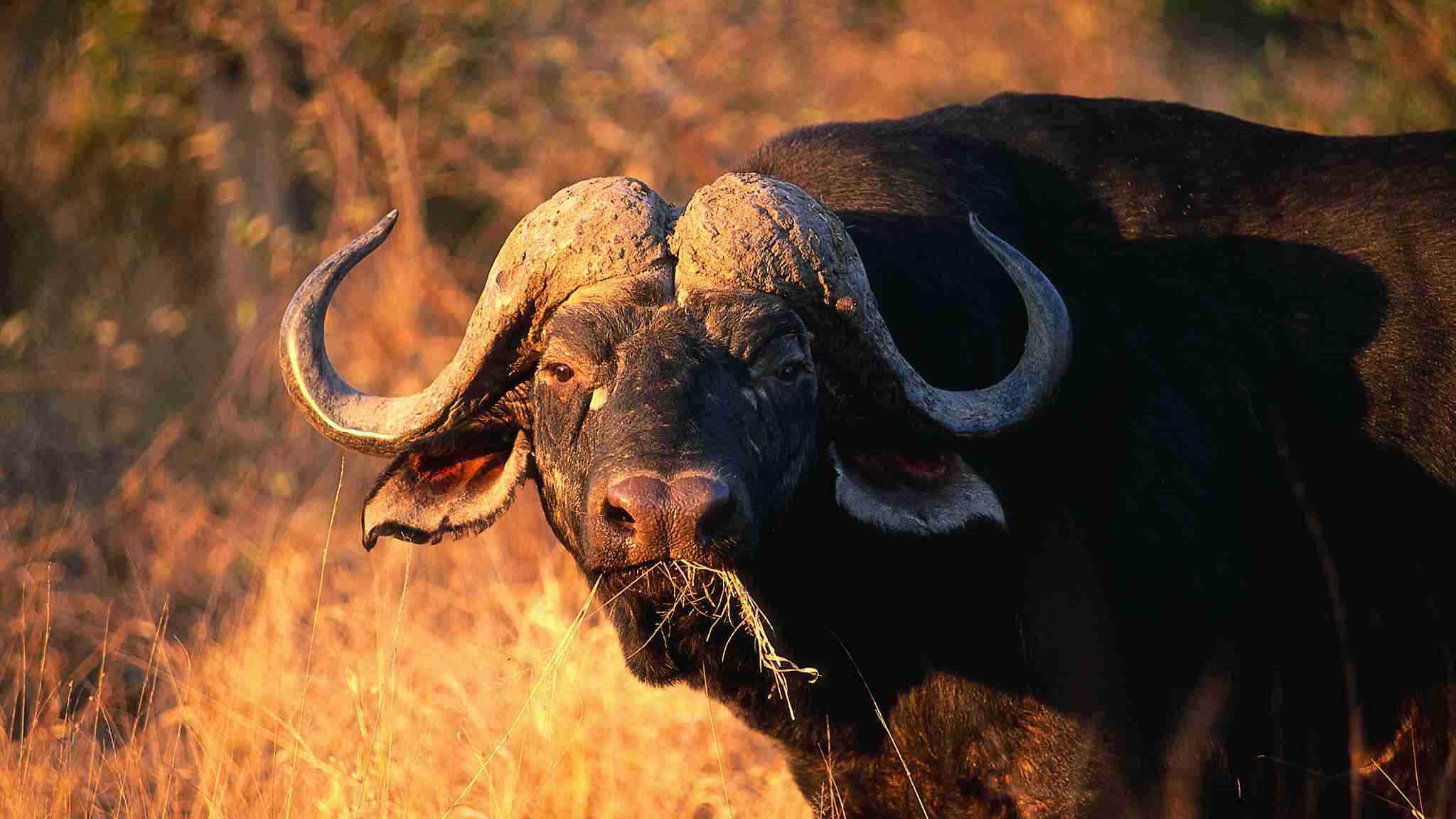
The Cape buffalo./VCG Photo
The Cape buffalo./VCG Photo
The Cape buffalo is normally a little smaller than the rhino, but it's not so docile.
In fact, this vegetarian is one of the most dangerous animals in Africa – it's thought to have killed more human hunters than any other.
There are an estimated 900,000. They love to drink, and can typically be found near a watering hole in South Africa alongside a herd of up to 1,000.
The African elephant

The African elephant./VCG Photo
The African elephant./VCG Photo
The elephant is the world's largest land animal that can spend three-quarters of every day looking for food to support its massive frame. It can communicate with each other over distances of almost 10 kilometers.
Don't make the mistake of thinking big means slow – elephants can rumble along at 36 kilometers per hour.
Elephants in Africa are still under serious threat from poachers, who kill the animal for ivory. Despite conservation efforts, the African elephant's status is "vulnerable."
The cheetah
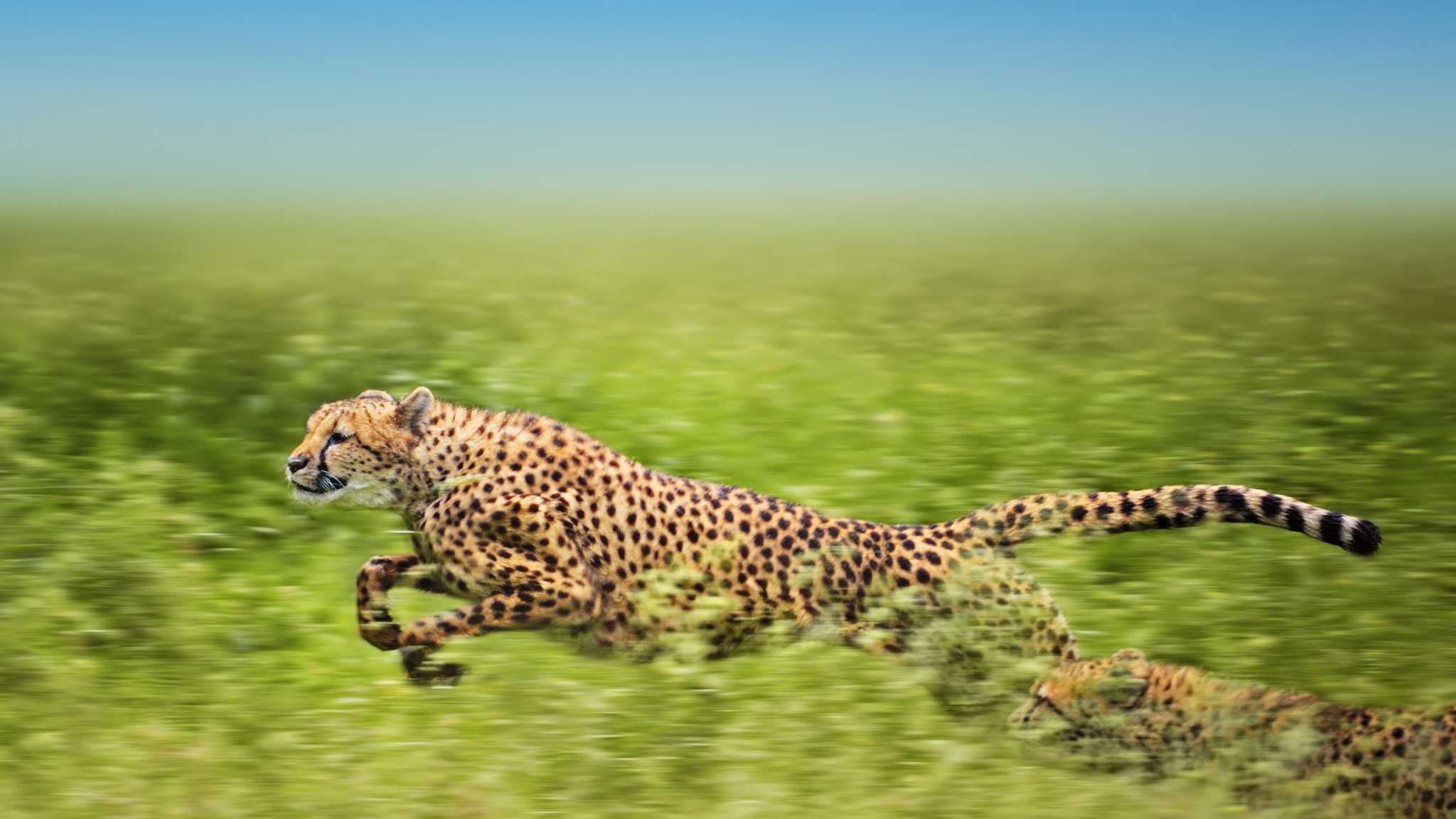
The cheetah./VCG Photo
The cheetah./VCG Photo
If you want to see real speed, try to catch a glimpse of the cheetah in the Big Five – but don't challenge it to a race.
Clocking times that would test the speed limits in some countries, the fastest land animal on the planet can accelerate to 114 kilometers per hour in just three seconds.
Speed make the smallest of the big cats a dangerous predator, but is also a target for other animals as well as humans -- its status is "vulnerable."
Instead of taking “the Big Five” as a “gentlemen’s” hunting game, they are no longer animals that we want to kill, but those that we are trying to protect.
Video editor: Wang Kailin, Xu Haoming
Voice over: Melissa Chua
Written by: Wang Xuejing
Graphic Design: Xu Haoming, Yin Yating

SITEMAP
Copyright © 2018 CGTN. Beijing ICP prepared NO.16065310-3
Copyright © 2018 CGTN. Beijing ICP prepared NO.16065310-3